Eco-friendly homes: energy efficiency in the kitchen
Those homeowners who want to lower their electricity bills or minimize their negative impact on the surrounding environment can tackle small energy efficiency improvements that make a huge difference, from controlled ventilation, window treatments and advanced framing to insulation, non-traditional roofs and skylights. More specifically, those people who live in a hot climate can install fans throughout the house instead of resorting to air conditioning because not only it keeps the living space cool, but it also helps them save money. Mechanical ventilation prevents structural damage over time and health risks because it creates a cozy ambiance while reducing air moisture inflation. Another method that allows homeowners to maintain the air inside cool while reducing heat loss is purchasing linen curtains, which have the purpose to control temperatures. Optimum value engineering saves energy as well by using more insulation thus preventing the waste of wood. Houses in warm climates should have cool roofs, which reflect sunlight and skylights, which improve ventilation, lighting and heating.
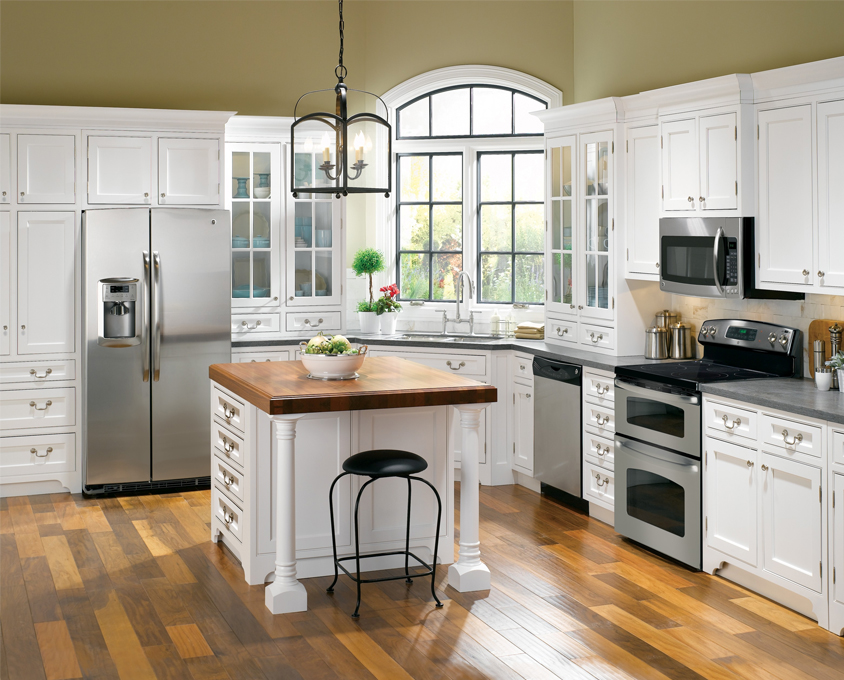
The kitchen is the most energy-hungry space in the house
There are many easy ways through which people can boost their home’s energy efficiency including trading incandescent light bulbs for compact fluorescent lamps (CFL), lowering the thermostat or opting for a programmable one, buying a front-loading washing machine, unplugging appliances when not in use, particularly in the kitchen, inspecting doors and windows in order to ensure proper weather stripping and caulking. However, what happens when you follow most of these instructions, but you still experience a shock when you open your monthly electric bill? You probably cannot find a logical answer or explanation for all the power consumed in a single month, but you probably have not realized yet that you are feeding daily the most energy-hungry area in the house, namely the kitchen. Just think about all the appliances destined for cooling and heating foods, from oven and microwave to fridge and stovetop. Obviously, just like everyone else, you cannot stop from using these appliances, but you can learn how to get the most out of them.
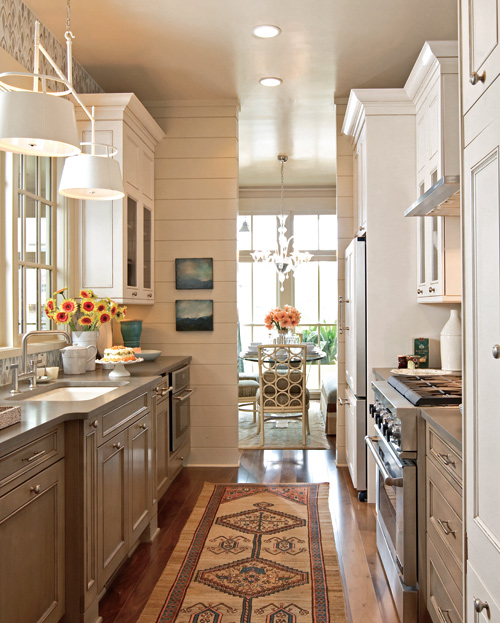
You do not have to replace your perfectly functional appliances
We understand that most homeowners do not afford or do not want to invest in the latest models, particularly if their current appliances are in perfect condition so with a few simple changes, they can save both cash and CO2, in case you decide to adopt a low-carbon lifestyle. For instance, taking into account that you can reduce costs by washing your clothes at lower temperatures because the washing machine uses less electricity, you can apply the same principle to your dishwasher. More exactly, if you avoid turning it on when you do not necessarily need to, you automatically save not just electricity, but also water. You do not have to make great compromises; you just cut a single dishwasher cycle weekly.
Furthermore, make sure that you know what appliance to use for every task. This means that if you want to cook simple desserts or fast breakfasts in the morning, you should definitely choose the microwave instead of the oven because it uses less energy in order to heat the food directly, not just the air around it. Of course, if you are willing to explore wood burning cook stoves and invest money in a superior quality product, then you can feel free to use it whenever you consider appropriate. The main idea is to make sure that you reconsider your kitchen decisions if you want to increase energy-efficiency.
Oven optimization: tricks that will help you save energy
The majority of people cannot resist the temptation of opening the oven door slightly just to peek inside and determine the progress of their cooking, but this minor gesture leads to a great amount of heat being released in the kitchen and you know it because you feel it hitting your face. Satisfying this morbid curiosity is more than possible and actually more energy efficient if you just switch on the oven light or if you know precisely the amount of time your pie needs to grow or your turkey breast to roast and you turn off the oven when the food is done. Other tricks that you should keep in mind when using the oven refer to using the right dish, preferably glass or ceramic because they represent better conductors of heat, not to mention the aesthetics, checking for leaks periodically in order to identify potential signs of tears or gaps and avoiding putting foil on the oven racks, which decreases the efficiency of convection ovens.
Since we already discussed heat, you should probably know that the most energy consuming activity in the kitchen involves boiling water on the stove. Even if you put into practice the ideas or pieces of advice mentioned above to save energy, if you continue with this practice, you are practically pouring it down the drain. Even more, people tend to waste water unnecessarily by keeping the pot or kettle under the faucet for too long and heating more water than they actually need for a cup of tea or coffee. This represents a bad habit that most homeowners out there developed in time without knowing or realizing that it actually makes them lose money.
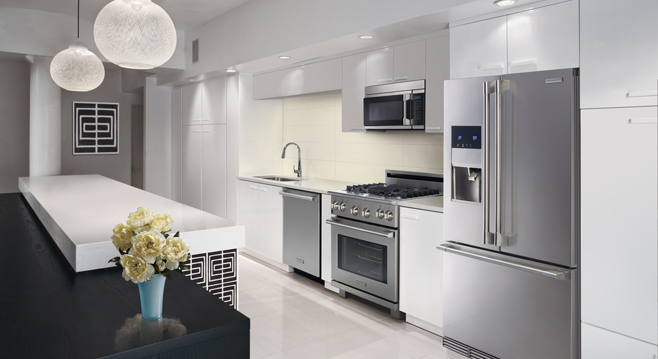
Mistakes to avoid when using the refrigerator
Moving on to another energy consuming appliance, namely the refrigerator, the truth is that you have to keep it plugged in so that it maintains a constant temperature and prevent all the food from spoiling. In fact, you cannot even unplug it when you leave home like you can do with other appliances in the house. Fortunately, there are ways to increase its efficiency. These refer to never putting hot food in the fridge because it will raise the temperature in the ice box, thus making its job more difficult, never leaving the freezer empty because it allows the warm air to enter when you open it, thus necessitating more energy o cool down again and ditching the automatic ice maker for ice trays. Of course, the first option is more convenient, but it also consumes more energy.
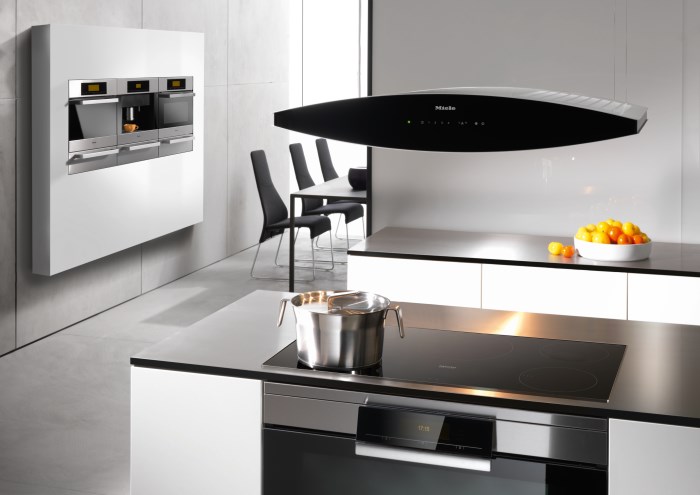
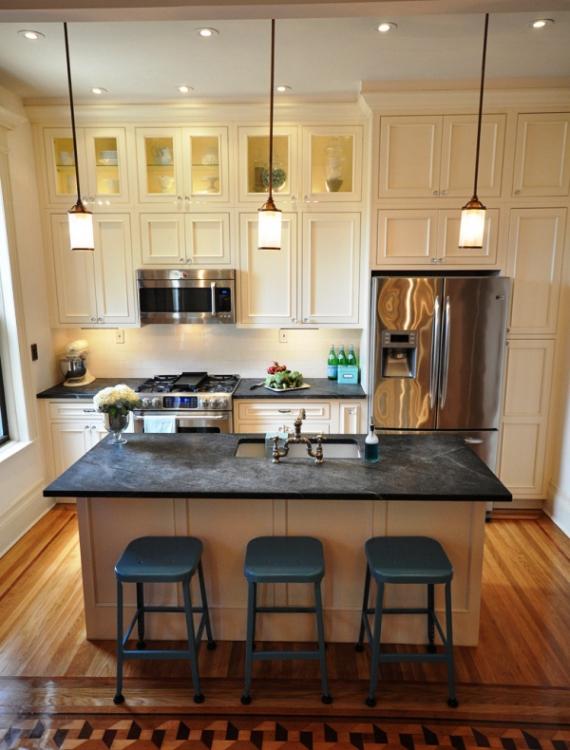


0 Comments
Recommended Comments
There are no comments to display.